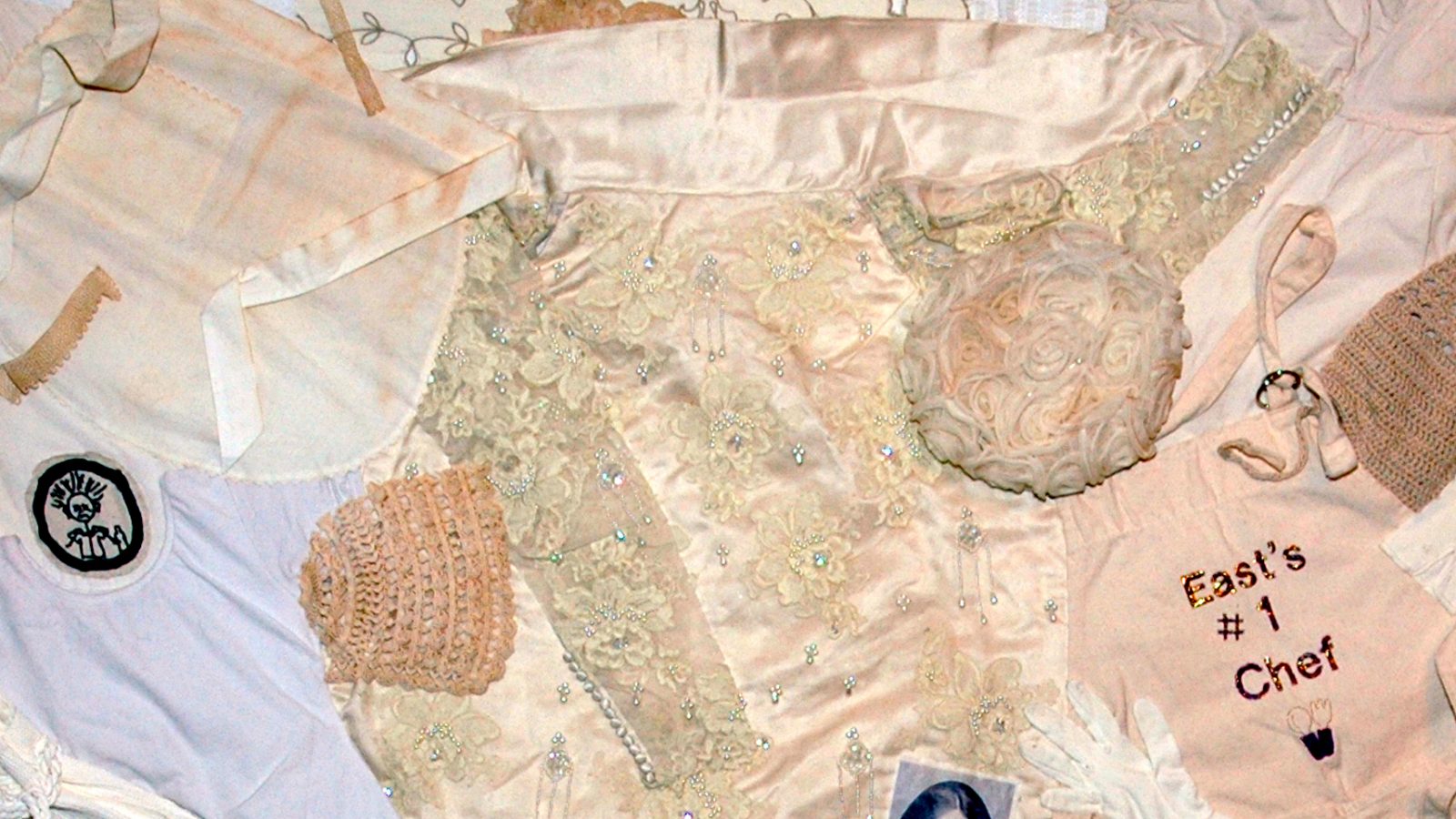

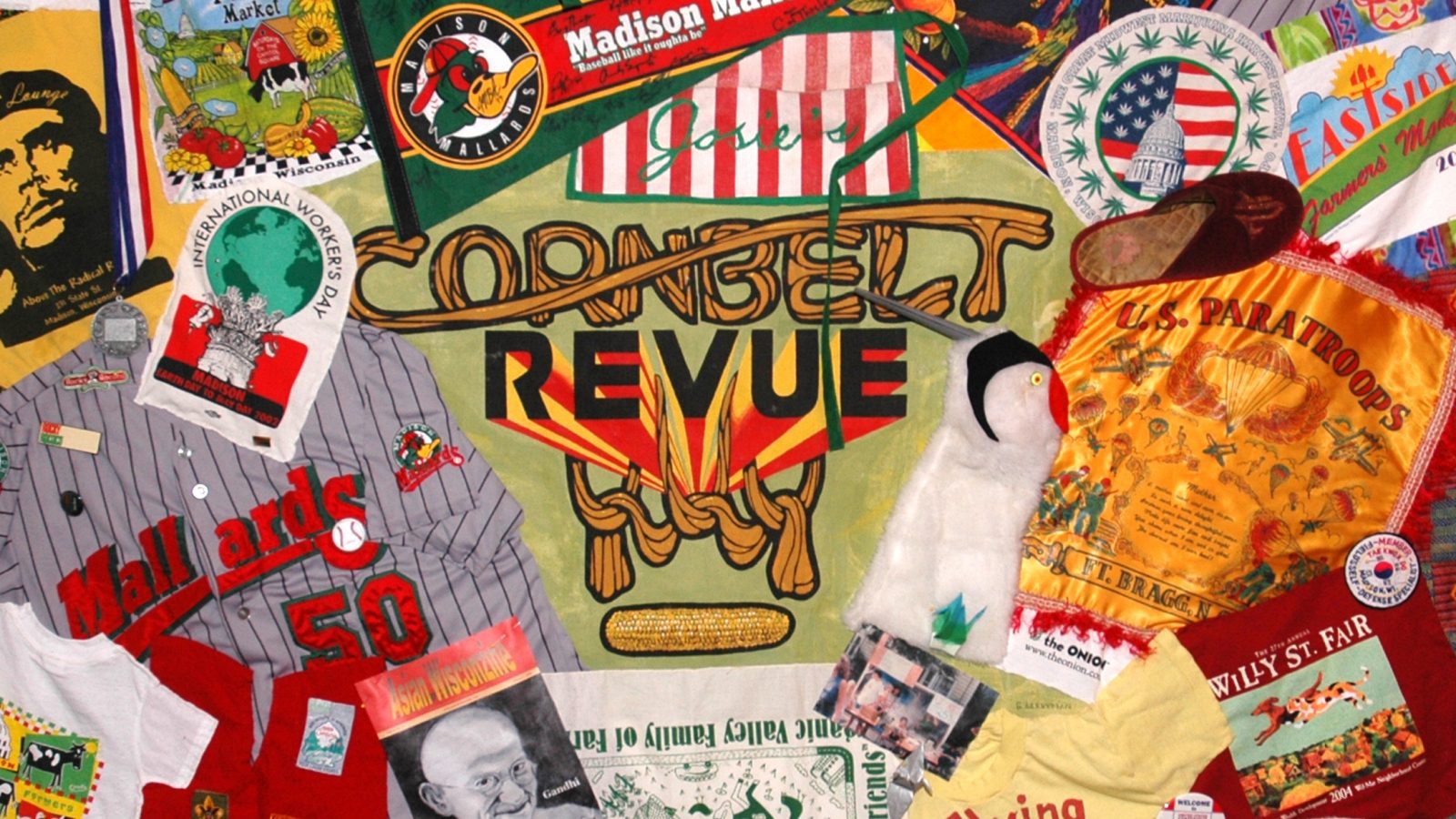
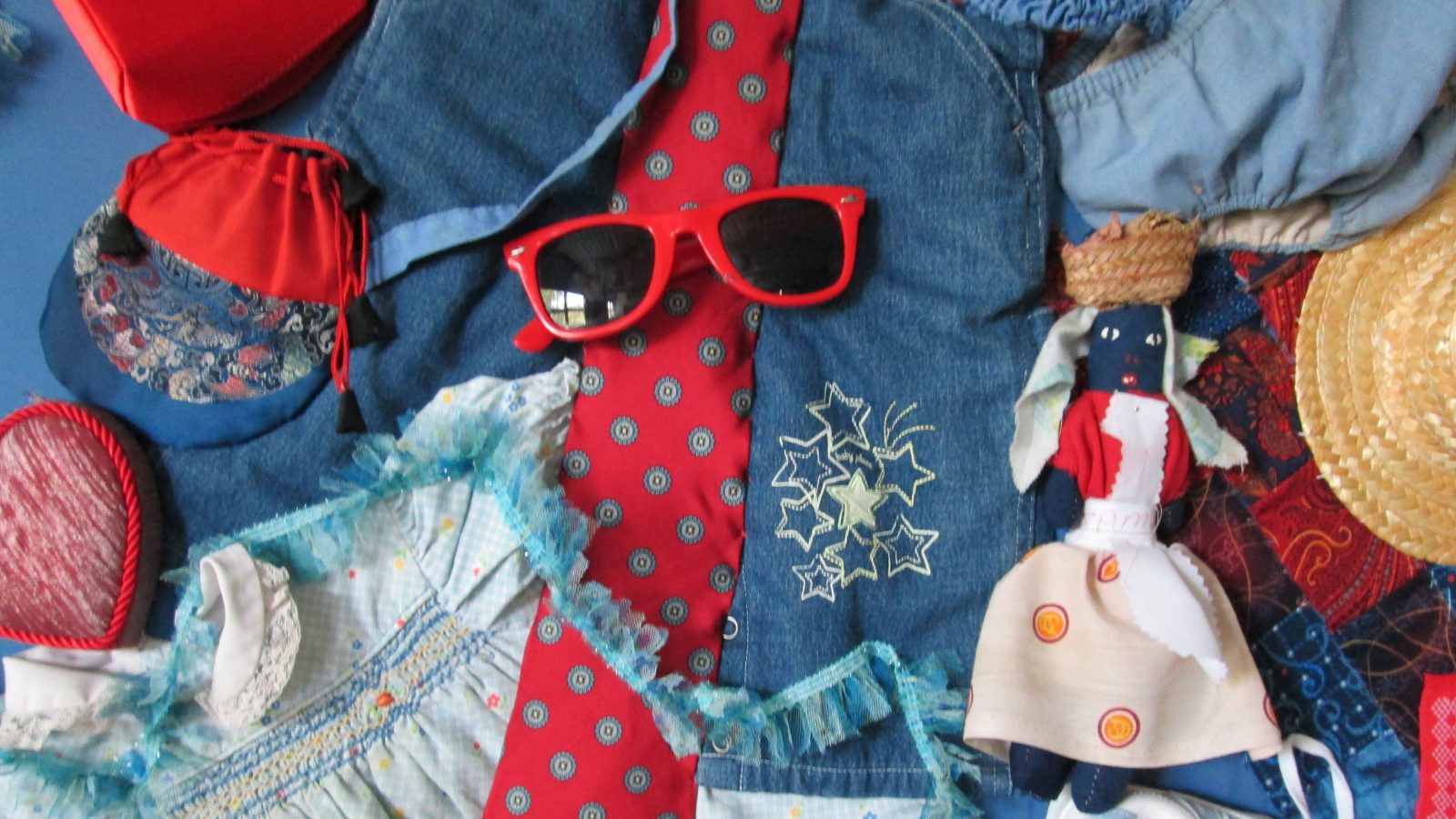
These fabrications were made by Sharon Kilfoy for Center for Families community room as a gift. Many of the items in them belonged to her children and/or grand children.
A successful mural project has a strong neighborhood component.
One of the most effective ways to engage youth is to help them forge strong connections with their neighborhoods. Helping to beautify their neighborhoods through the creation of murals instills a sense of pride in the participants. Many of Madison’s neighborhoods are pleasant, walkable areas – such as our own Willy Street neighborhood. Others, though, are sadly devoid of art or much that is humanizing. Our hope was to change that for as many neighborhoods as possible.
Youth can participate in mural projects all over the city – and meet and work with youth from different neighborhoods. Some of the most meaningful work will be done right in one’s own back yard.
It is important to address concerns of the longevity of its murals.
Do…
The intent is to work within school districts & develop partnerships.
The Williamson Street Art Center encourages others to engage at-risk students through project-based learning so as to build confidence, ease anxiety & help increase school attendance. Educators from Prairie Phoenix Academy in Sun Prairie, the SAIL Program at West High School, and others have told us that data shows increased attendance for students participating in our mural activities.
We encourage you to work with neighborhood centers, neighborhood associations, after-school programs, summer programs, public heath departments & develop other partnerships. An example of a successful school / neighborhood partnership is the one we did with Leopold Neighborhood Association and Leopold Elementary School, that resulted in a painted mural fence and mosaic stepping stones for the community gardens at Leopold Park.
It helps immensely to devise simple pre- and post- tests which will show…
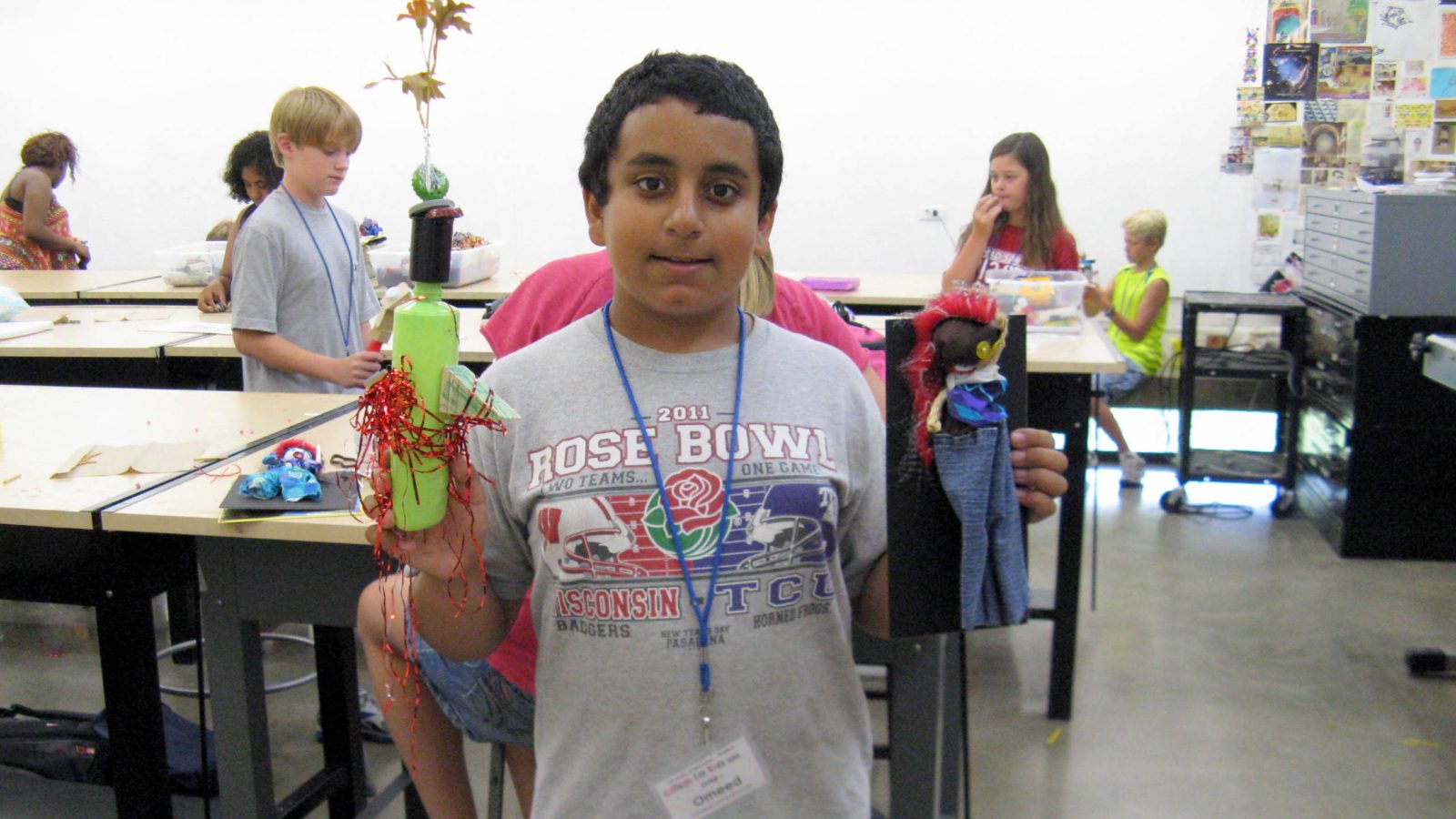
Found art figures can be made with classroom students as young as second grade, with neighborhood center participants, in therapy sessions, as inter-generational and multi-cultural activities, at birthday parties, or with other groups. Classroom teachers can organize their own found art figure activity or have an artist-in-residence lead their class or school in a found art figure project of 1 – 3 sessions. Boys participate equally in making found art figures.
Begin to collect items which can be used to make your found art figures. Any small household or hardware item might be useable. Put a box in the office for donations of items. Sort your objects. Use plastic containers or shoe boxes to store similar objects together. Keeping items sorted is key to this being a successful project.
Construction methods can challenge student’s creativity as much as the variety of items that are gathered. Have volunteers to help with construction. Encourage students to have a plan in their mind…

A found art figure or creature is a figure that is constructed from various recycled or “found” items. A found art figure can represent a human, an animal, a creature or an inanimate object, such as a plane. A found art figure is usually about 10” – 18” long, but could be smaller or bigger. A found art figure is made from scraps of wood, cardboard, plastic bottles, spools, bottle caps, picture frame molding, various yarns, beads, and other assorted embellishments and found objects.
Found art figures are small scale human representations which can tell us something about the human condition. All cultures throughout the ages have made miniature representations of the human form. My inspiration for found art figures came from an artist in Rio de Janeiro, Brazil, who made fabulous found art figures out of scraps of wood and assorted common objects. All of his figures had names written on them. Many had bottle caps or plastic lids…
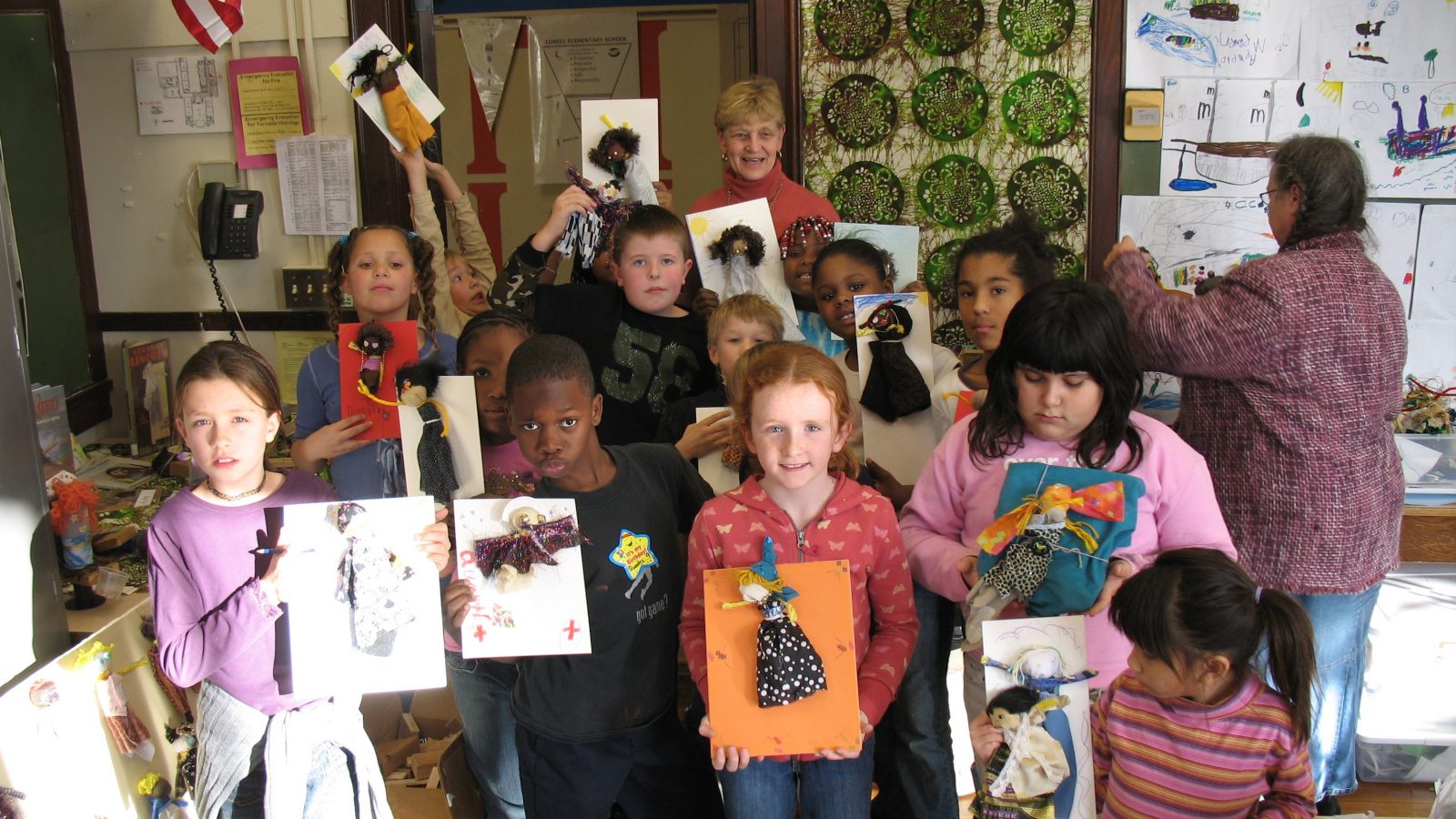
Fabric figures can be made with classroom students as young as kindergarten age, neighborhood center participants, in therapy sessions, as inter-generational activities, at birthday parties, or with other groups. Classroom teachers can organize their own fabric figure activity or have an artist-in-residence lead their class or school in a fabric figure making project. Boys participate equally in making fabric figures, and can benefit from the opportunity to create human representations – an activity often reserved for girls only.
If you are making fabric figures with more than 2 or 3 children at a time, you might want to pre-make basic figures. (See How to Make a Fabric Figure handout) Be sure to use a variety of skin tone fabrics to represent the diversity of people in the world. You can also pre-make skirts and pants on a sewing machine– this step will greatly simplify your project, especially for very young children.
Children can be taught basic sewing skills through the…
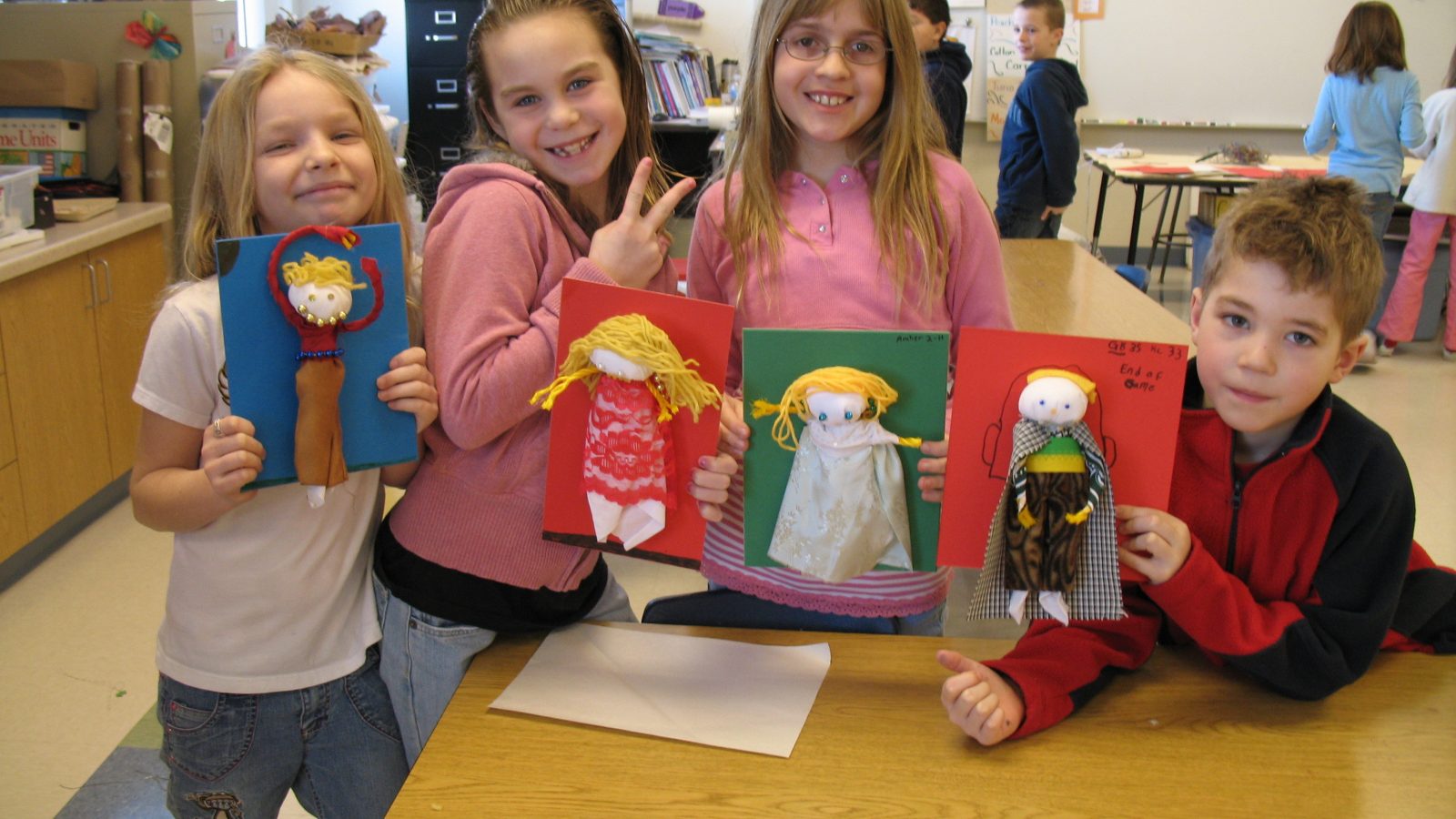
A fabric figure is a soft sculpture, a rag-type doll or “persona” doll. It can also be referred to as a puppet. A fabric figure usually represents a human person, but not always. A fabric figure is about 6” – 12” long, but can be made smaller or bigger. A fabric figure is made from scraps of fabric, batting, rope, trim, lace, yarn, other embellishments and assorted objects.
Fabric figures are small scale human representations which can tell us something about the human condition. All cultures throughout the ages have made miniature representations of the human form. Fabric figures or rag dolls serve as playthings for children, who learn life’s lessons through play. Children learn how to nurture other people by taking care of fabric figures, rag dolls or puppets. We give children fabric figures or dolls when they are about to embark upon important journeys, to give them a sense of security. When dolls accompany children, they carry a…
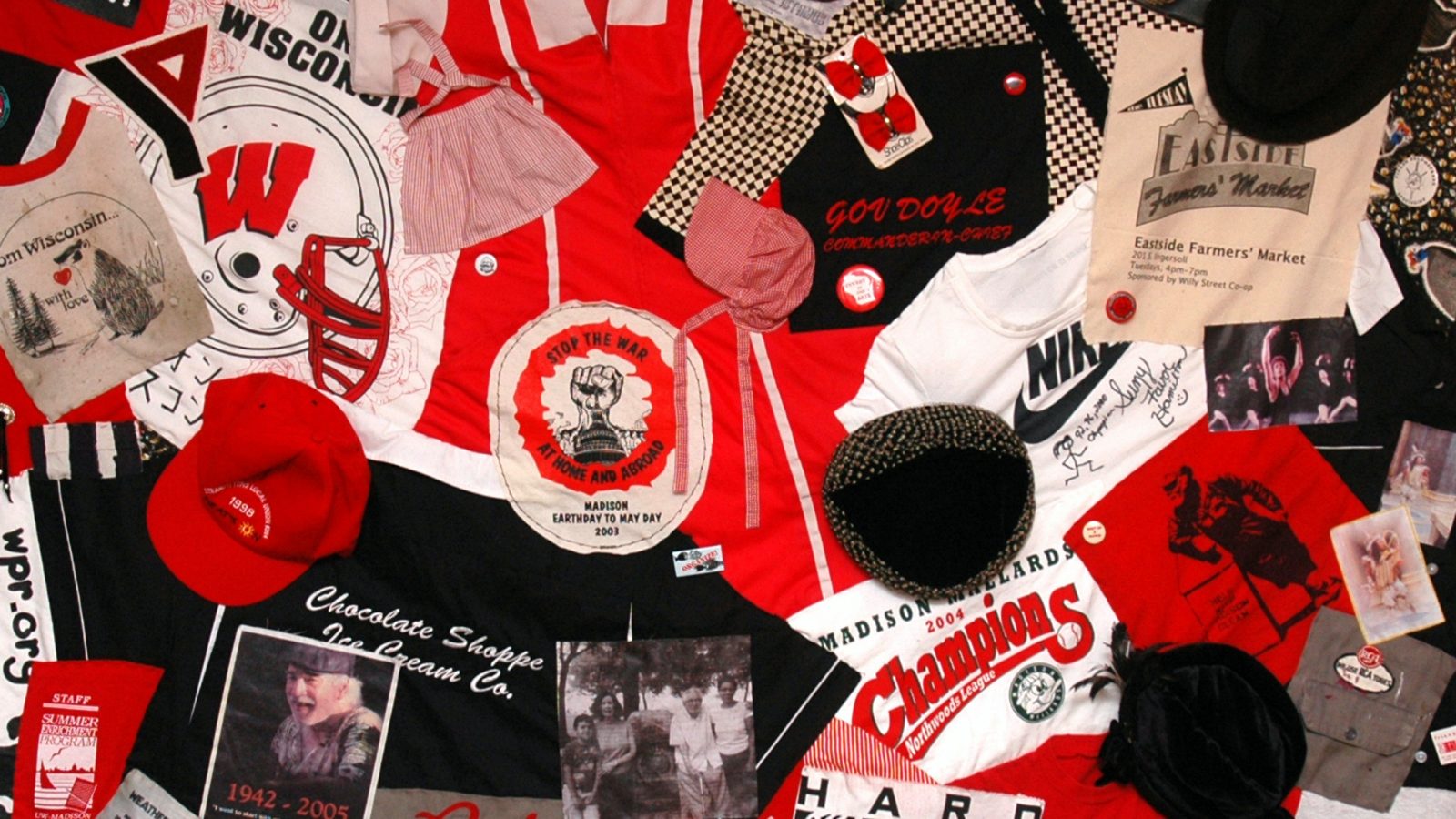
Fabrications can be made with classroom students, scouts or camp-goers. Each student can contribute a “treasure” to the composition. Depending on ages and skill levels, students can help construct the fabrication. Volunteers can help sew, too. This is a good way to teach basic sewing skills to children.
Be sure to have extra “treasures” for students who do not bring contributions from home. Another possibility is to take students without treasures to a thrift shop to choose a treasure there. All students can write a short piece describing why their contribution is a treasure, or what is meaningful to them about the item.
Fabrications can be made with other groups, too. Community centers and retirement centers can use fabrications as inter-generational projects and story-telling opportunities. Fabrications can be used to celebrate a common history, such as “Fabrications – A Celebration of Madison’s 150 Years – in Cloth” – a project I conducted in 2006.